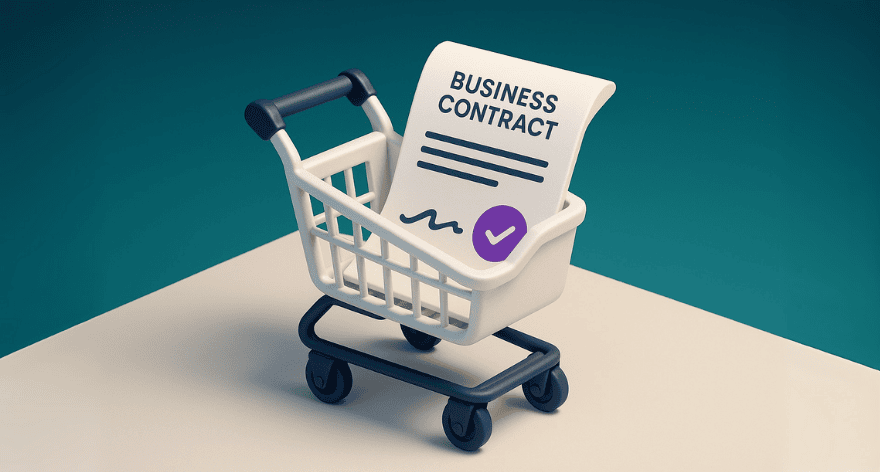We often act as if doing business in the B2B sector is very different from B2C. Of course, there are differences: deals are larger, the sales cycle is longer, and you often deal with multiple stakeholders. But the similarities are just as important, and it’s precisely there that opportunities lie to generate more revenue.
By better responding to the expectations of business buyers, which are increasingly shaped by their experiences as consumers, you not only increase your chances of gaining new customers but also improve retention. In this article, you’ll learn about the similarities between B2B and B2C and how to use that knowledge to boost your sales.

B2B remains person-to-person
We see tremendous growth in automation thanks to AI and digital tools. This makes processes faster and more scalable. Yet time and again, it turns out that the need for personal contact remains high, especially in the higher B2B segment.
Why?
- Trust: a personal relationship feels more trustworthy than just a digital interaction.
- Customization: a human can better understand nuances and context and translate them into solutions.
- Retention: customers who experience a personal connection remain loyal for longer.
The lesson: combine efficiency with a human touch. Let automation handle the tasks it can, but ensure the customer can always reach a person. This not only leads to satisfied customers but also higher conversion.
The customer expects convenience
B2B buyers are also consumers. They are accustomed to the speed and convenience of platforms like Bol.com or Coolblue. Unconsciously, they carry those expectations into their work.
This means that in B2B they just as well expect:
- Self-service portals: where they can view quotes, invoices, and orders.
- Clear pricing and delivery times: without endless back-and-forth emails.
- A smooth onboarding: without unnecessary steps.
Friction costs sales. The easier you make it to do business with you, the faster you close the deal.
Personalization is the norm
In B2C, personalized recommendations have been standard for years. Netflix knows your preferences, Amazon makes smart suggestions, and Spotify creates custom playlists.
That same expectation is now shifting to B2B. Customers want you to understand their situation and respond accordingly. Think of:
- Content and customer cases tailored to their industry and challenges.
- Personalized emails and demos that are relevant to their role
- Digital experiences that respond to previous behavior.
Generic whitepapers and standard pitches are becoming less effective. The more personalized your approach, the higher the chance of conversion.
Interesting read: How brand preference shapes the B2B buyer's journey
Online research is the norm
Just as consumers read product reviews before making a purchase, business buyers do the same. In fact, research shows that B2B buyers often complete 60–70% of their buyer journey before reaching out to sales.
This means that your online presence is crucial. Make sure you:
- Are easily found in search engines with strong SEO content.
- Offer educational content such as blogs, whitepapers, and webinars that add value.
- Share customer cases and reviews that build trust.
Those who only step in when the buyer is ready to talk miss the majority of the influence phase.
The key? Buyer experience
The similarities between B2B and B2C show that it’s all about the buyer’s experience. In both B2C and B2B, customers want convenience, relevance, and trust. For B2B marketers and sales, this means structuring processes and communication so that the customer feels like everything revolves around them.
How to use B2C principles to drive more sales in B2B
The line between B2B and B2C is blurring. Ultimately, it’s always about people making decisions, and in their personal lives, these people have become accustomed to speed, convenience, and personalization. Those who can translate this into their B2B buyer experience make the difference.
Concretely, this means:
- Combine AI and automation with human relationships to build trust.
- Remove friction from your sales process by offering self-service and transparency.
- Deliver personalized experiences that align with the buyer’s context and role.
- Invest in online visibility so you are present during the research phase.
By using the B2C experience as a benchmark and cleverly translating it into your B2B approach, you increase your conversion, shorten your sales cycle, and build stronger relationships. And ultimately, that means just one thing: more sales.
